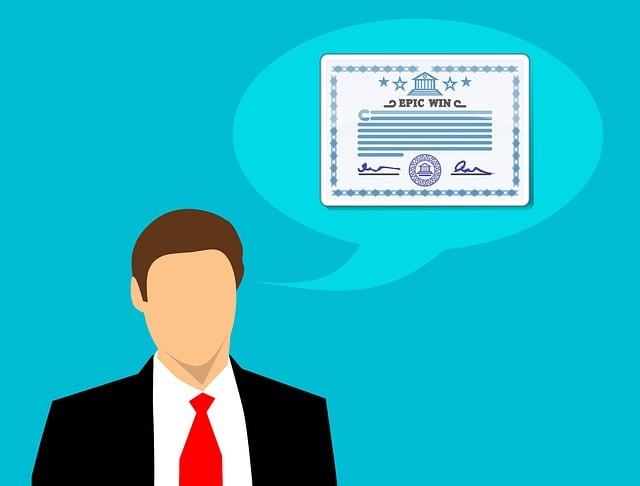The car title loan default rate is a critical indicator of borrower risk and lender reliability. Higher rates signal lending practices that may trap borrowers in debt, while lower rates suggest responsible underwriting. Short repayment terms, high interest rates, and inflexible payment structures commonly contribute to defaults. To mitigate risks, consumers should explore flexible options, compare rates, and educate themselves about rights and obligations, ensuring informed decisions and potentially avoiding negative financial outcomes like repossession.
Are you considering a car title loan but worried about potential risks? Understanding the default rate is crucial. This guide breaks down what consumers should know about car title loan default rates, how they’re calculated, and why they matter. We’ll also explore factors driving high default rates and equip you with strategies to protect yourself when exploring this type of loan. By the end, you’ll be better equipped to make an informed decision.
- Understanding Car Title Loan Default Rates: What They Are and Why They Matter
- Factors Contributing to High Default Rates in Car Title Loans
- Protecting Yourself: Strategies for Consumers Considering Car Title Loans
Understanding Car Title Loan Default Rates: What They Are and Why They Matter

Car title loan default rates are a critical metric that consumers should pay close attention to before taking out such loans. These rates represent the percentage of borrowers who fail to repay their car title loans as agreed upon, often due to unforeseen financial circumstances or an inability to meet the loan’s terms. Understanding this rate is essential for several reasons. Firstly, it gives borrowers insight into the potential risks associated with these short-term, high-interest loans. Car title loans are secured by a consumer’s vehicle, which means that defaulting on the loan can result in the repossession of that asset.
The car title loan default rate also highlights the financial health and stability of the lending institution. Lenders with higher default rates may indicate poor assessment of borrower eligibility or uncompetitive loan terms, potentially leading to a cycle of debt for borrowers. On the other hand, lower default rates suggest robust underwriting practices, including thorough credit checks (to evaluate loan eligibility) and fair interest rates, which can aid in debt consolidation and financial management rather than exacerbating existing debt problems.
Factors Contributing to High Default Rates in Car Title Loans

Car title loan default rates have been a point of concern for many consumers and financial experts alike. Several factors contribute to these high default rates, making it crucial for borrowers to understand the risks involved. One primary reason is the nature of these loans themselves; secured against a consumer’s vehicle, they often come with shorter repayment periods and higher interest rates compared to traditional loans. This can put significant pressure on borrowers, especially those with already strained financial situations.
Additionally, inflexible repayment structures play a role. Many car title loan providers offer less adaptable payment options, making it challenging for borrowers to adjust their payments based on unforeseen circumstances. The lack of flexibility may lead to missed or delayed payments, ultimately driving up default rates. Fort Worth loans, like many others, typically require full repayment within a specified period, and any failure to meet this deadline can have severe consequences, including repossession of the secured asset.
Protecting Yourself: Strategies for Consumers Considering Car Title Loans

When considering a car title loan, it’s crucial to understand the potential risks and take proactive steps to protect yourself from defaulting on the loan. The Car title loan default rate can vary significantly depending on the lender and your personal financial situation. To mitigate this risk, explore different repayment options available with various lenders; choose one that aligns with your budget and allows flexibility. This way, you can ensure timely payments and avoid potential penalties or repossession of your vehicle.
Seeking financial assistance from reputable sources is another effective strategy. Compare interest rates, loan terms, and conditions across multiple lenders to find the best deal. Educate yourself about the lending process and ask questions to clarify any uncertainties. Remember, understanding your rights and obligations as a borrower will empower you to make informed decisions, potentially lowering your Car title loan default risk and securing a positive financial outcome.
Car title loans can be a quick solution for emergency funding, but understanding the potential risks is crucial. With default rates on these loans often surpassing 20%, it’s clear that borrowers must proceed with caution. By recognizing the common factors driving these defaults and implementing protective strategies, consumers can make informed decisions. Staying aware of the car title loan default rate and taking precautions can help ensure a positive borrowing experience.






